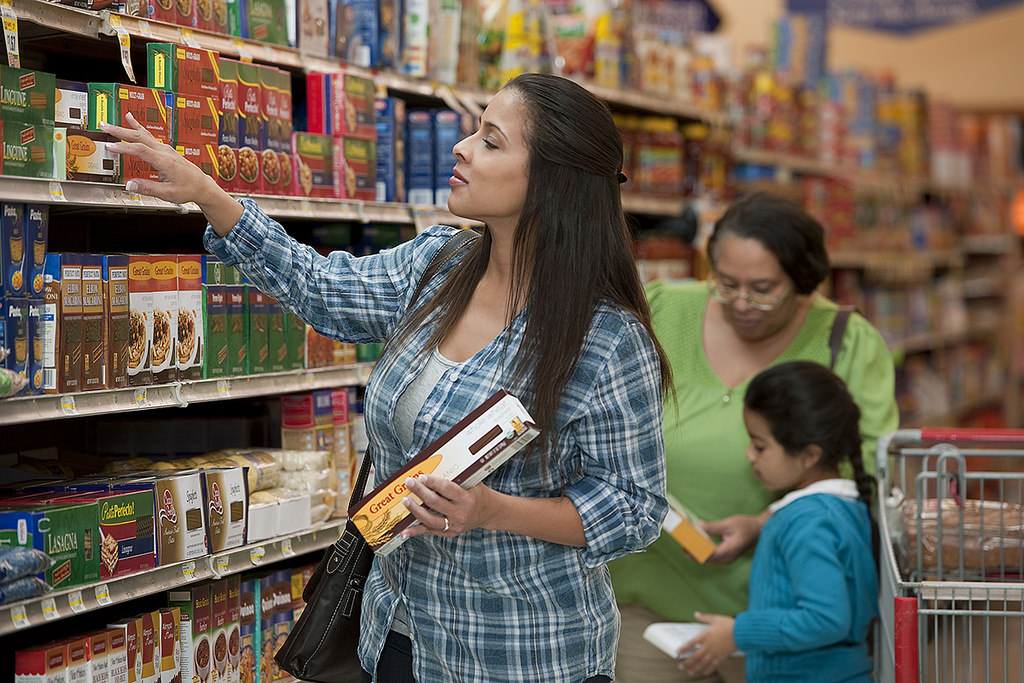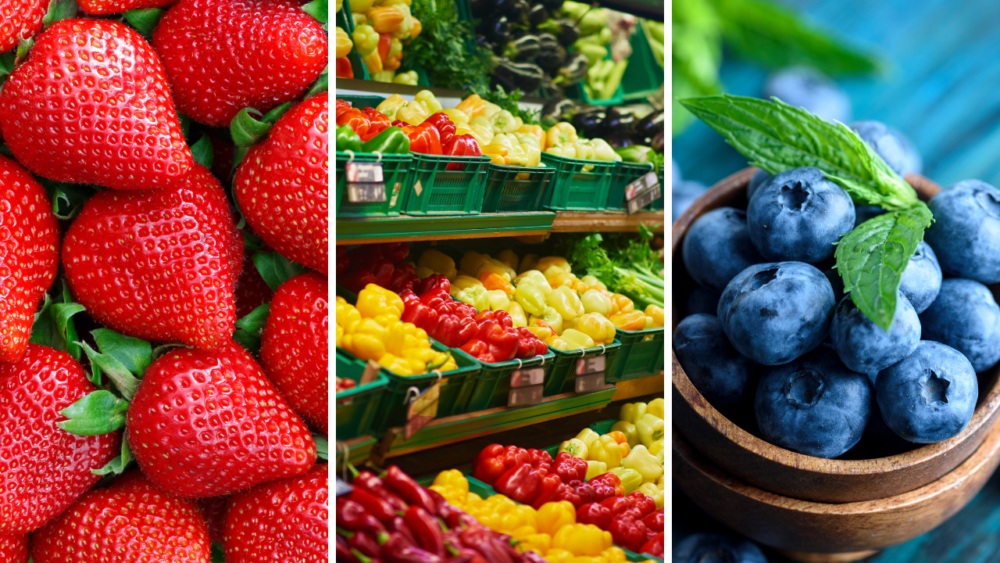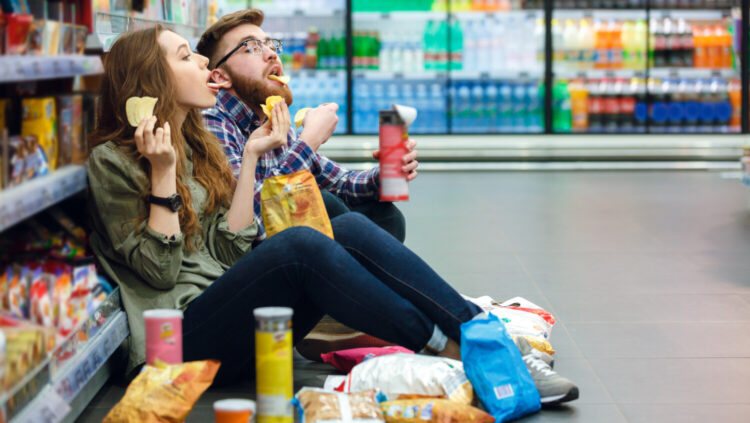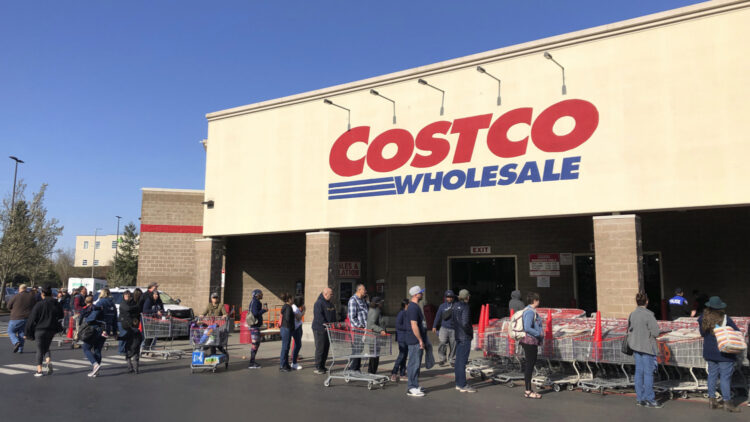7 Things To Look Out For When Shopping For Groceries Each Week

When going grocery shopping, we are often so focused on making sure we get everything we need that we hurry through the store in a rush, grabbing whatever is closest and convenient.
However, for the sake of our health, it’s important to buy the right products, and unfortunately, sometimes finding those foods requires a little investigating of our own.
It can be tempting to opt for products with labels that scream “natural” and “healthy,” but these labels are actually meaningless. There are no regulations in place for these types of phrases, and they’re strictly marketing tactics for companies to position their food as good for you.
If you’re looking to pick the healthiest ingredients and products from the grocery store, there are certain things you should pay attention to ensure you’re buying food that actually is natural and healthy. When grocery shopping, you should pay attention to the following seven things, which can help you make the best choices.
1. Ingredient List
The shorter the ingredient list, the better. Items are listed in order of quantity, so you don’t want something that lists “sugar” on the label first, as the first few ingredients matter the most.
If something is loaded with ingredients, you probably want to skip it, as it likely contains a number of additives or chemicals that are harmful to consume.
2. Serving Size
If the label seems too good to be true, it’s probably because the serving size is small. Often packaged foods contain multiple servings, so be sure to keep that in mind when looking at sugar, salt, and fat content as well as other nutrient information.
3. Amount Of Sodium
According to the American Heart Association, the average American gets more than 3,400 milligrams of sodium per day, more than double the daily recommendation.
Most of this sodium comes from packaged foods, so pay attention to this number when looking at nutrition facts, and try to stick to less than 1,500 milligrams a day.
4. Amount Of Sugar
Like sodium, Americans are consuming way too much sugar. Despite the American Heart Association’s recommendation of consuming only 25 grams of sugar per day, the average American consumes over 100 grams daily.
Some foods do contain natural sugars, but pay attention to the ingredient label for added sugar, and be wary — sugar has many other hidden names.
5. Percent “Real Food”
Just because something says juice doesn’t mean it actually is. Many popular “juice drinks” contain only a small percentage of real juice, and the rest is filled with artificial ingredients and sugar.
Same goes for foods that claim to be whole wheat. Look for foods that say “100 percent juice” or “100 percent whole grain” to make sure you’re getting the real deal.
6. BPA-Free Cans
Buying canned foods can be convenient, but they can also come at a price. Many cans contain bisphenol A-based epoxy (BPA), a chemical classified as a female reproductive toxin. Look for cans that are BPA-free, or opt for fresh food instead.
7. What To Buy Organic
Not everything has to be purchased organic. Items from “The Clean 15” don’t have to be organic, since they’re not generally contaminated with pesticides, but “The Dirty Dozen” contain the highest amount of pesticide residue, which means you should choose organic when purchasing items from this list.





